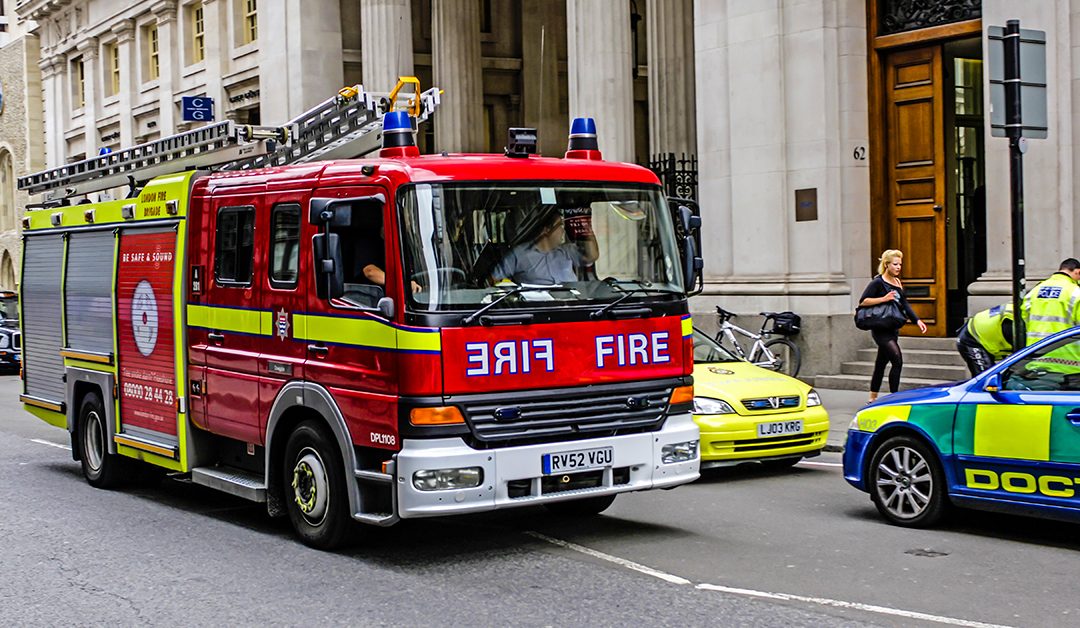A fire statement is an individual document used to define the safety aspects and requirements of an upcoming development project and major refurbishment projects and the methods that will be used to ensure these fire safety requirements are fulfilled.
Following the Grenfell Tower fire on 14 June 2017, the government commissioned the Independent Review of Building Regulations and Fire Safety led by Dame Judith Hackitt. This report highlighted the need to transform the fire and building safety industry and recommended that minimum requirements around fire safety will need to be addressed when local planning authorities are determining planning applications which will require input from people with relevant experience, such as Fire Engineers.
What Information must a Fire Statement Contain?
Fire statements must include the principles, concepts and approaches relating to fire safety that have been applied to each building in the project. This includes outlining basic Fire Safety needs for evacuation, internal and external fire spread, emergency vehicle access, and water supplies for firefighting purposes.
The publication of a standard form for this purpose is intended, but not yet published.
The Fire Statement Flow Diagram:

How should a Fire Statement look like?
The fire statement needs to be focused and concise, specific to the project, and proportional to the complexity of the project.
Fire Statement should consist of the following chapters, but not limited to:
- Site address and description
- Description of the proposed development with a site layout plan
- Building schedule
- Description of specific technical and design challenges and complexities
- Risk management
- Fire service access and fire appliances
- Suitability of water supply
- Fire service site plan with a mark-up







